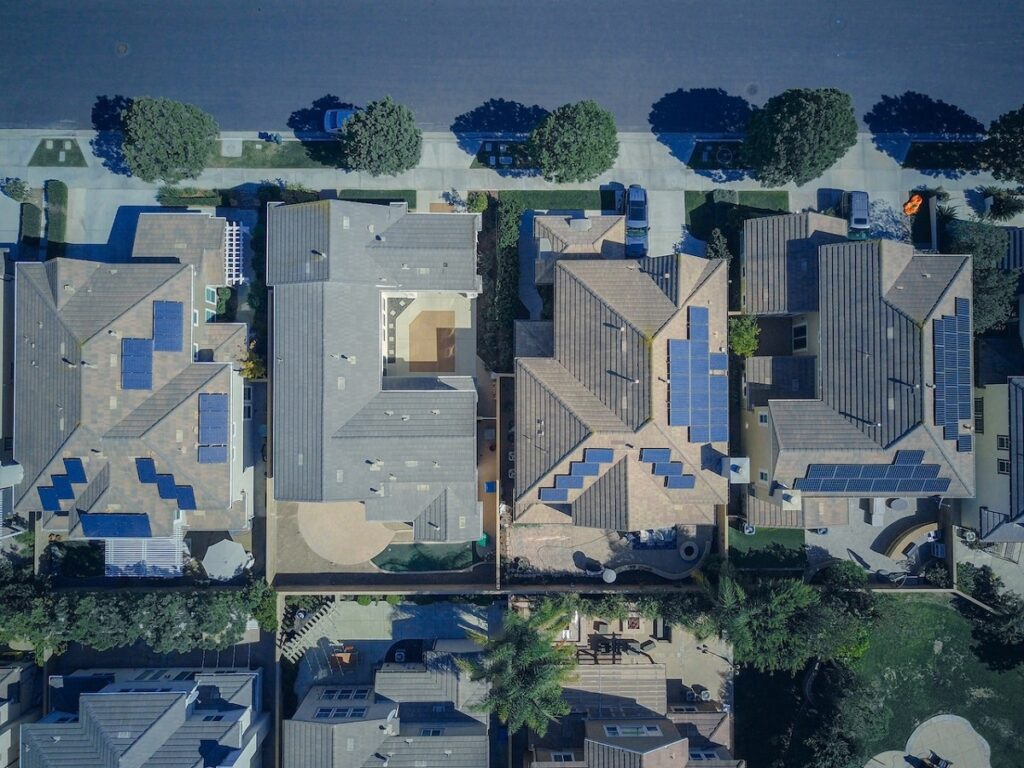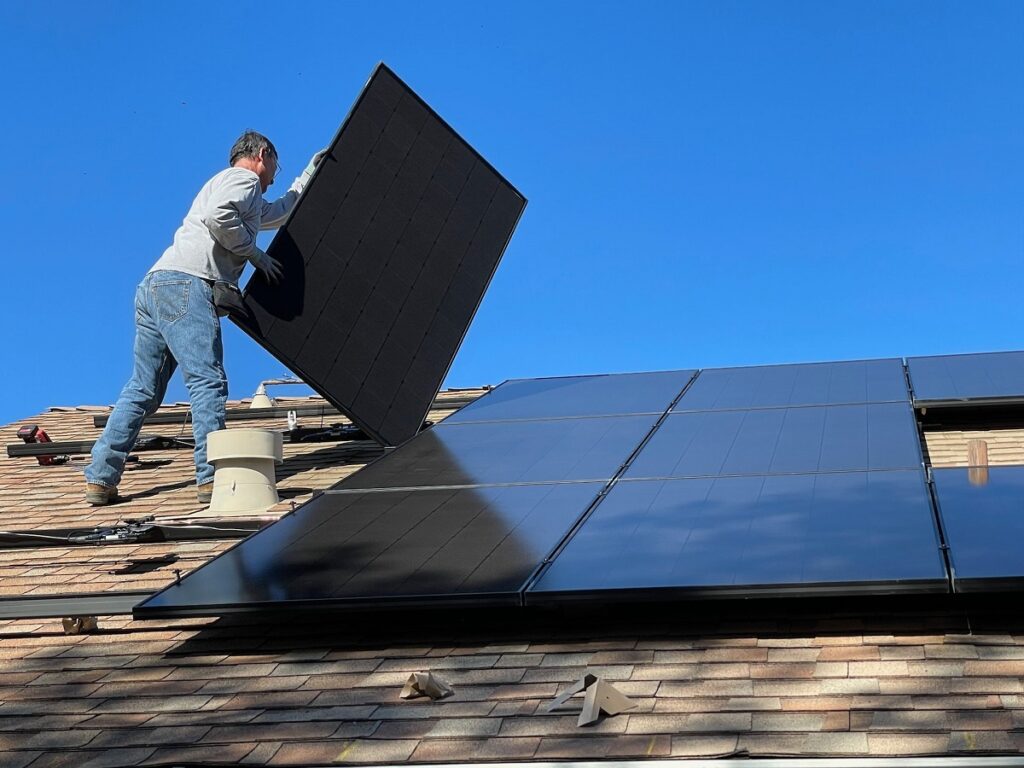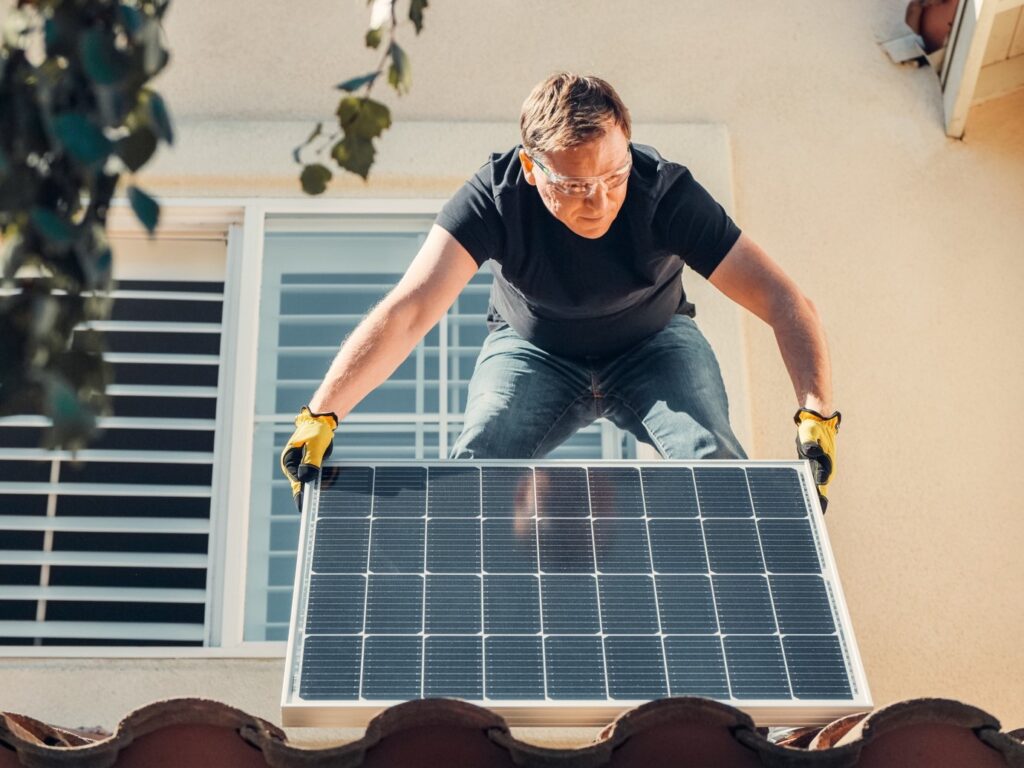It’s been a big week for so-called virtual power plant in Australia, with the announcement that Tesla and the South Australia government will build a “world’s largest” 250MW VPP in the state, linking 50,000 household solar and battery storage systems.
But last week, the results of a much smaller project have helped demonstrate why rolling out rooftop solar and storage in a coordinated way like this – that benefits the both grid and consumers – is such a good idea. And why rolling it out to social housing, first, makes even better sense.
CSIRO designed virtual power station
Set in outer south-eastern suburbs of Brisbane, this VPP, or VPS (virtual power station) was developed by the CSIRO, across 67 homes built as part of a new housing development by property giant Lendlease.
The new suburb, called Yarrabilba, has since achieved the highest available rating for sustainable precincts in Australia: a 6 Star Green Star – Communities v1.1 certified rating, from the Green Building Council of Australia (GBCA).
And a major part of this achievement comes down to the fact that some of the households taking part in the Virtual Power Station 2.0 have used their solar, battery storage and energy monitoring to save up to 60 per cent on their electricity bills.
Of the participants in the ARENA-backed project – described by Lendlease as the first time a real-world research project of this scale has been rolled out in an new greenfield community development – 17 had solar PV in place, which received a upgraded “smart” inverter produced specifically for the trial, while five also received a battery storage unit for the trial.
Web based network
Meanwhile, at a grid level, the VPS links the distributed renewables of the households – including their battery storage and load control systems – via a web-based network, to create a single reliable energy supply, much like a power station.
Essentially, as the CSIRO explains it, the VPS is turning a collection of separate, fluctuating power sources into one smooth, reliable energy source of what is known as a dispatchable supply, and balancing out peak power demands.
“Our trial is testing supply-demand management algorithms in 67 households with intelligent air conditioners, batteries and home solar solutions systems,” the CSIRO said.
“If trials are successful, we can expect household savings of hundreds of dollars, the installation of significantly more solar energy systems, and fewer blackouts into the future. All whilst keeping your house cool on a stinkin’ hot summer day.
CSIRO explains that the VPS allows, not just households, but entire neighbourhoods, to use electricity more intelligently, by optimising supply and shifting demand patterns.
“For example, pre-cooling of rooms is a demand-side solution that could be easily adopted in the VPS neighbourhoods of the future. By remotely turning on your air-conditioner before you leave work, you could return home to a cooler and more pleasant home, reducing the energy needed for electricity during the peak demand period.
“You could also store energy produced by your rooftop solar cells during the day in batteries to be used later when its needed most. This would reduce strain on the electricity network, by minimising your demand for centrally generated energy.”
Building on existing CSIRO research, the project is also allowing CSIRO to test new inverter technology they hope will help the grid cope with booming rooftop solar installations on both Australian homes and businesses, and remote demand controllers on air conditioners to manage load requirements during peak demand times.
“Yarrabilba is the result of Lendlease’s approach to social, economic and environmental innovation, underpinned by a strong sense of community, jobs growth and the integration of sustainable urban agriculture,” said managing director of Lendlease’s communities business, Matthew Wallace.
“An affordably priced sustainable display home is also under construction, which will feature innovative design solutions, and will be built by Logan-based social enterprise Access to upskill the area’s long-term unemployed and disadvantaged groups,” he said.
GBCA chief Romilly Madew said Yarrabilba was one of the fastest growing areas in Queensland.
Green star rating
“This world leadership Green Star rating underscores that Lendlease is building this community with the future firmly in mind,” Madew said.
“A number of Yarrabilba’s sustainability initiatives are groundbreaking, and earned Lendlease Innovation points,” she added, including trial plantings of pongamia trees which can be used to improve the soil quality and as a source of biofuel.
“Yarrabilba is also the first master-planned community in Australia to install a 50 kW DC fast electric vehicle charger. And its GroNative app is also a first, providing residents with scientific information about native vegetation in their community.”
Contact Sunstainable to begin your Energy Independence
Source: Sophie Vorrath


